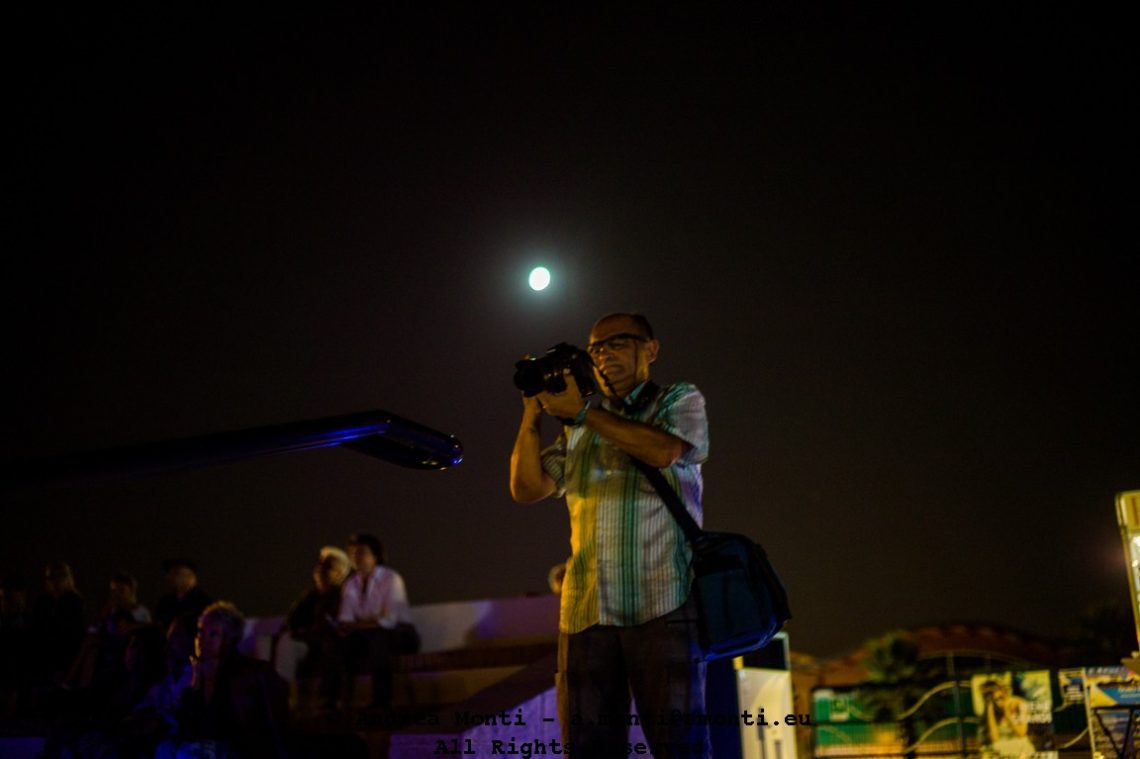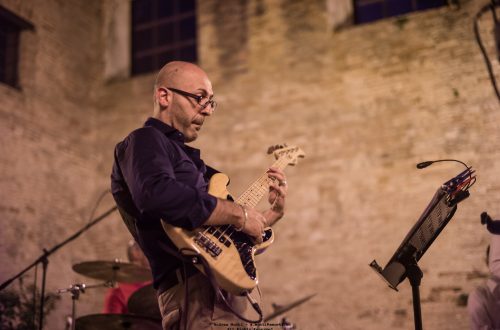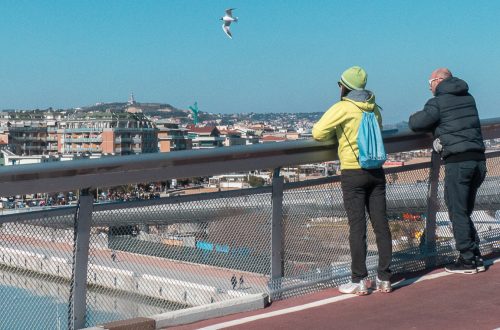
The Nightmare
Last night, at what should have been an intimate tango exhibition, I was reminded how delicate the relationship between photographer, performer, and audience really is. It’s a balance of presence and discretion — a dance of our own, if you will — and when one party missteps, the whole atmosphere can falter.
The image I took here is less about the aesthetics of tango than about an interruption to its magic. In the foreground stands a photographer, camera raised, entirely absorbed in his task. The moon glows softly above him, the darkness swallowing most of the scene, but it’s clear enough to see the intent concentration on his face. Off to the side, audience members sit, their expressions dimly visible, the scene washed in stray artificial light.
From a compositional standpoint, the photograph uses the moon as a counterpoint to the figure — a natural light source against the technological intrusiveness of the camera and its kit. The shallow depth of field keeps the focus tight on the man, while the rest recedes into shadow, underscoring the isolation of his presence from the communal experience. Exposure-wise, it was a demanding situation: balancing bright artificial lights and deep shadow without losing the moon’s detail required careful metering. The result is intentionally low in overall luminance, letting the few points of light punctuate the darkness.
But technically sound or not, this image is about behaviour as much as it is about light and composition. There’s a craft to working in low-light, live performance environments — one that respects both the art being performed and the audience receiving it. This means minimising movement, reducing visibility, and avoiding the obvious distraction of strobes unless essential and agreed upon.
Last night’s reality was the opposite. The operator in the frame shot liberally, his remotely triggered flashes slicing through the space with no regard for those whose eyes they struck. It wasn’t simply a matter of style; it was a disregard for the social contract that allows photographers into such events in the first place.
Photography in these settings isn’t about claiming territory or dominating attention — it’s about becoming invisible. The best photographs from performances are those that feel as though the camera wasn’t even there. And that’s the point: our role is to record without altering the experience, to make images that carry the truth of the moment, not the intrusion of our presence.




